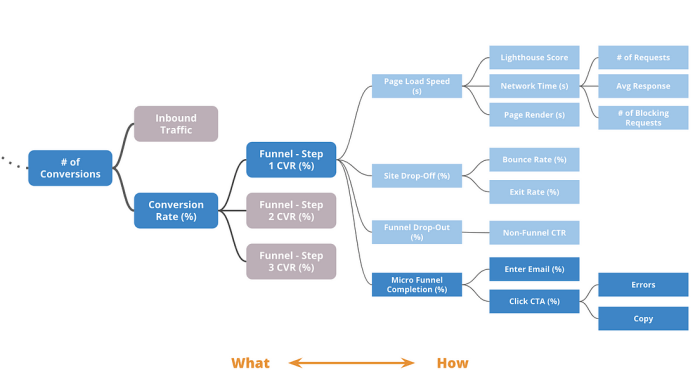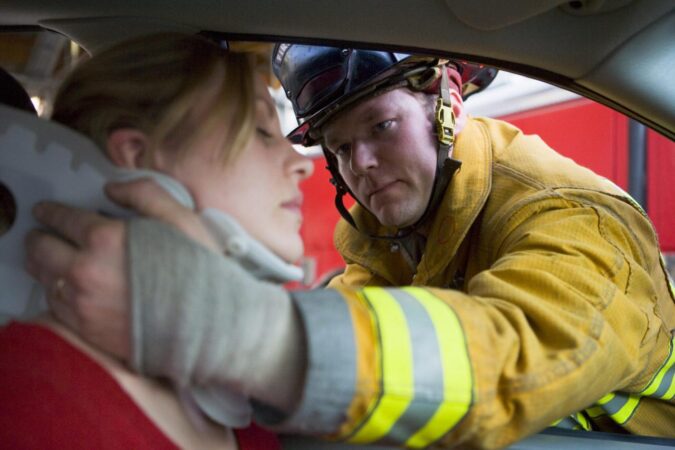
What happens if the other driver’s insurance company won’t pay sets the stage for a car crash of a legal battle, leaving you feeling like you’re stuck in a bad movie. You’re in a bind, wondering how to navigate this mess and get the compensation you deserve. This scenario can be a total nightmare, but don’t worry, we’re here to break down the ins and outs of this situation and help you get back on track.
Understanding your rights and options is crucial. We’ll dive into the different types of insurance coverage involved, how to deal with the other driver’s insurance company, and what to do if they refuse to pay. We’ll also explore how your own insurance can protect you, and even discuss legal actions you can take if all else fails. Buckle up, because we’re about to take a wild ride through the world of insurance claims and legal battles.
Understanding Insurance Coverage
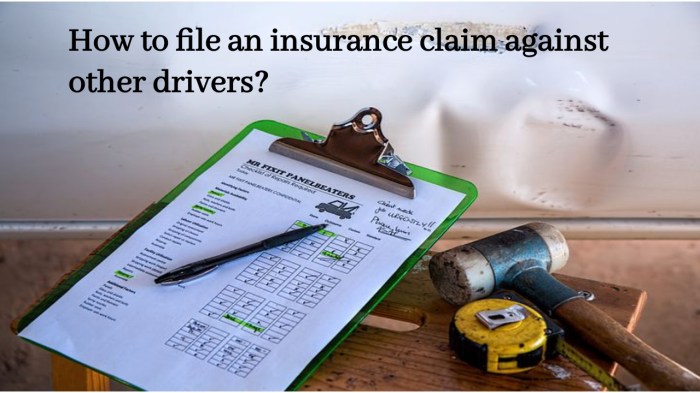
It’s crucial to understand the different types of insurance coverage involved in an accident to navigate the claims process smoothly. This knowledge will help you understand your rights and obligations when dealing with the other driver’s insurance company.
Liability Coverage
Liability coverage is the most important type of insurance for drivers. It protects you financially if you cause an accident that injures someone or damages their property. Liability coverage typically covers two types of damages:
- Bodily Injury Liability: This coverage pays for medical expenses, lost wages, and pain and suffering for the other driver and passengers if you are at fault for the accident.
- Property Damage Liability: This coverage pays for repairs or replacement of the other driver’s vehicle and any other property damaged in the accident.
Collision Coverage
Collision coverage is optional and pays for repairs or replacement of your vehicle if it’s damaged in an accident, regardless of who is at fault. You’ll have to pay your deductible before your insurance company covers the rest of the repairs.
Comprehensive Coverage
Comprehensive coverage is also optional and protects you from damage to your vehicle caused by events other than a collision, such as theft, vandalism, fire, or natural disasters. You’ll have to pay your deductible before your insurance company covers the rest of the repairs.
Situations Where the Other Driver’s Insurance Company Might Refuse to Pay
There are several situations where the other driver’s insurance company might refuse to pay. Here are a few examples:
- The other driver was intoxicated or under the influence of drugs: Most insurance companies have clauses in their policies that exclude coverage for accidents caused by drivers who are intoxicated or under the influence of drugs.
- The other driver was driving without a valid license: Insurance companies may refuse to pay if the other driver was driving without a valid license, as this is a violation of the law.
- The other driver intentionally caused the accident: Insurance companies typically do not cover intentional acts, such as deliberately crashing into another vehicle.
- The other driver’s insurance policy has expired: If the other driver’s insurance policy has expired, their insurance company may not be obligated to pay for the damages.
Policy Limits and Deductibles
Policy limits and deductibles are important factors that affect the payout from an insurance company.
- Policy Limits: Policy limits are the maximum amount of money that your insurance company will pay for a covered claim. For example, if you have $100,000 in liability coverage, your insurance company will pay a maximum of $100,000 for bodily injury and property damage claims.
- Deductibles: A deductible is the amount of money you must pay out-of-pocket before your insurance company starts paying for covered claims. For example, if you have a $500 deductible for collision coverage, you will have to pay the first $500 of repair costs, and your insurance company will cover the rest.
Dealing with the Other Driver’s Insurance Company: What Happens If The Other Driver’s Insurance Company Won’t Pay
So, you’ve been in an accident, and the other driver’s insurance company is giving you the runaround. Don’t worry, you’re not alone. This is a common situation, and there are steps you can take to get the compensation you deserve.
Understanding the Claims Process
It’s crucial to understand how the claims process works. When you file a claim, the insurance company will investigate the accident to determine liability and damages. They may request documentation like police reports, medical records, and repair estimates. You should cooperate with the insurance company by providing the requested information promptly and accurately.
Dealing with a Denied Claim
If the other driver’s insurance company denies your claim, you need to take action. Here’s what to do:
Review the Denial Letter
Carefully review the denial letter to understand the reason for the denial. It’s essential to identify the specific reason for the denial to determine the best course of action.
Gather Evidence
Collect any additional evidence that supports your claim, such as witness statements, photographs, and video footage. This evidence can help strengthen your case and challenge the insurance company’s decision.
Appeal the Denial
Most insurance companies have a formal appeals process. Follow the instructions provided in the denial letter to file an appeal. This typically involves submitting a written request outlining your reasons for disagreeing with the denial.
Negotiate with the Insurance Company
You can try to negotiate with the insurance company to reach a settlement. Be prepared to present your evidence and argue your case. You may need to consider hiring a lawyer to assist you with this process.
Legal Options, What happens if the other driver’s insurance company won’t pay
If you’re unable to reach a settlement with the insurance company, you may have to pursue legal action. This could involve filing a lawsuit to recover your damages. You should consult with an attorney to discuss your legal options and the potential costs involved.
Seeking Legal Representation
Consider seeking legal representation from a qualified attorney specializing in personal injury cases. They can help you understand your rights and navigate the legal process.
Small Claims Court
If your claim is for a smaller amount, you may be able to file a lawsuit in small claims court. This court handles disputes involving smaller amounts of money, often without the need for a lawyer.
Your Own Insurance Coverage
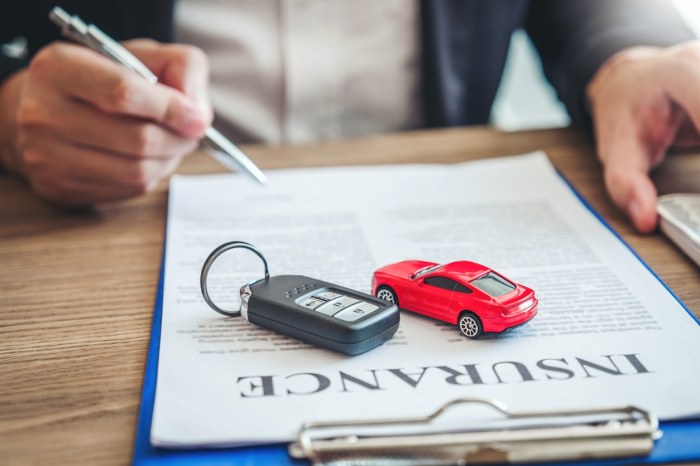
Let’s face it, dealing with a car accident is stressful enough, but what happens if the other driver’s insurance company throws you a curveball and refuses to pay? Don’t worry, your own insurance coverage has your back!
Your insurance policy acts as your safety net in these situations. It provides financial protection for your losses, even if the other driver is at fault and their insurance company is playing hardball. Think of it as your own personal superhero ready to swoop in and save the day.
Filing a Claim with Your Own Insurance Company
When the other driver’s insurance company gives you the cold shoulder, it’s time to call your own insurance company. They’re your allies in this process, so don’t hesitate to reach out.
Here’s what you can expect when filing a claim:
- Gather Your Evidence: Before you even call, get your ducks in a row. Collect all the details of the accident: date, time, location, names of witnesses, and any photos or videos you took. It’s like putting together your own evidence board for your insurance company.
- Contact Your Insurance Company: Give them a call and report the accident. Be prepared to provide them with all the information you’ve gathered. Think of it like your insurance company’s fact-finding mission.
- Follow Their Instructions: Your insurance company will guide you through the next steps, which may include filling out forms, providing additional information, or even scheduling an inspection of your vehicle. They’ll be your roadmap through the claim process.
- Be Patient: The insurance company needs time to investigate the claim and make a decision. It’s like waiting for your favorite show to come back on after a long hiatus.
Examples of Coverage
Here are some scenarios where your own insurance coverage might come in handy:
- Uninsured/Underinsured Motorist Coverage: This is your ultimate protection if the other driver is uninsured or their insurance coverage isn’t enough to cover your losses. It’s like having a backup plan when the other driver’s insurance fails.
- Collision Coverage: If you hit another car or an object, your collision coverage can help pay for repairs to your vehicle, even if you’re at fault. It’s like a shield for your car, protecting it from the bumps and bruises of the road.
- Comprehensive Coverage: This coverage protects your vehicle from damage caused by things other than a collision, like theft, vandalism, or natural disasters. Think of it as your car’s insurance against the unexpected.
Potential Legal Actions
If you’ve reached a dead end with the other driver’s insurance company and they refuse to pay for your damages, you might need to consider legal action. This is a serious step, but sometimes it’s the only way to get the compensation you deserve.
Filing a Lawsuit
You can file a lawsuit against the other driver or their insurance company to seek compensation for your losses. This process involves:
– Hiring an attorney: A lawyer can guide you through the legal process, negotiate with the insurance company, and represent you in court.
– Filing a complaint: Your attorney will file a formal complaint with the court outlining your claim and the damages you’ve suffered.
– Serving the defendant: The complaint must be served on the other driver or their insurance company, formally notifying them of the lawsuit.
– Discovery: This phase involves gathering evidence and information from both sides.
– Trial: If the case isn’t settled out of court, a trial will be held where a judge or jury will decide the outcome.
Legal Arguments
Your attorney will present arguments to support your claim, which might include:
– Negligence: You’ll need to prove the other driver was negligent, meaning they failed to exercise reasonable care and caused the accident.
– Breach of contract: If the insurance company is refusing to pay based on a policy provision, your attorney can argue that the company is breaching the contract by not fulfilling its obligations.
– Bad faith: In some cases, you can argue that the insurance company is acting in bad faith by refusing to settle a reasonable claim or by delaying the process.
Potential Outcomes and Costs
The outcome of a lawsuit can vary depending on the specific circumstances of your case.
– Winning a judgment: If you win the lawsuit, you’ll receive compensation for your damages, which might include medical bills, lost wages, property damage, and pain and suffering.
– Settling out of court: Most cases are settled before going to trial. This can involve negotiating a payment with the insurance company or the other driver.
– Losing the case: If you lose the lawsuit, you’ll be responsible for your own legal costs and may not receive any compensation.
The cost of a lawsuit can be significant, including attorney fees, court filing fees, and expert witness fees. However, many attorneys work on a contingency fee basis, meaning they only get paid if they win your case.
Tips for Avoiding Disputes
The best way to avoid insurance disputes is to prevent accidents in the first place. By practicing safe driving habits and being aware of your surroundings, you can significantly reduce the risk of getting into an accident.
Safe Driving Practices
Safe driving practices are essential to minimize the risk of accidents and, consequently, insurance disputes. Here are some tips to keep in mind:
- Maintain a safe distance: Leaving ample space between your vehicle and the one in front of you allows you to react quickly to unexpected situations.
- Avoid distractions: Driving requires your full attention. Avoid using your phone, eating, or engaging in any other activities that could distract you from the road.
- Be aware of your surroundings: Pay attention to other vehicles, pedestrians, and cyclists, and be prepared to adjust your driving accordingly.
- Follow traffic laws: Obeying traffic laws, such as speed limits and stop signs, helps to ensure the safety of all drivers on the road.
- Maintain your vehicle: Regularly checking your vehicle’s brakes, tires, and lights ensures that your car is in good working order and less likely to malfunction.
Immediate Steps After an Accident
Taking immediate action after an accident is crucial for protecting your rights and ensuring a smooth insurance claim process.
- Check for injuries: The safety of everyone involved is paramount. If anyone is injured, call emergency services immediately.
- Move your vehicle to a safe location (if possible): If it’s safe to do so, move your vehicle out of traffic to prevent further accidents.
- Exchange information: Get the other driver’s name, address, insurance information, and license plate number.
- Take pictures and videos: Document the accident scene, including damage to both vehicles, skid marks, and any other relevant details.
- Report the accident to your insurance company: Notify your insurance company about the accident as soon as possible.
Essential Documents
Gathering essential documents after an accident can be crucial in the event of an insurance dispute.
- Police report: A police report can provide an official account of the accident and help to establish liability.
- Witness statements: If anyone witnessed the accident, get their contact information and statements.
- Medical records: If you or anyone else was injured, gather medical records to document the extent of the injuries.
- Repair estimates: Obtain repair estimates from reputable mechanics to assess the cost of vehicle repairs.
- Photographs and videos: As mentioned earlier, document the accident scene with pictures and videos.
Wrap-Up
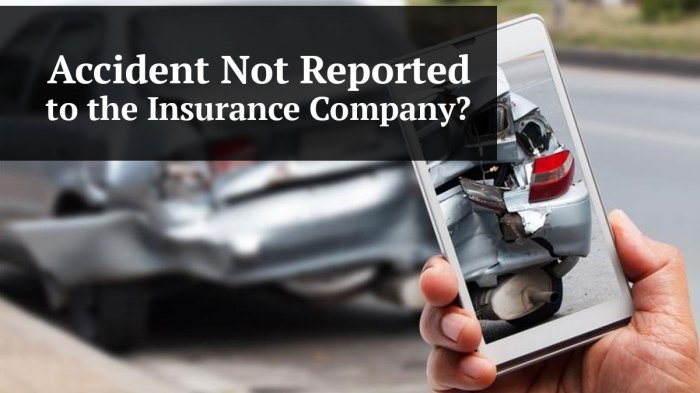
Getting your claim paid after a car accident shouldn’t feel like you’re trying to win the lottery. While it’s definitely not always a smooth ride, understanding your rights and options can help you navigate this process and get the compensation you deserve. Remember, you’re not alone in this. There are resources available to help you, and we’re here to guide you through every step of the way. So, keep your head up, stay informed, and remember that you have the power to fight for what’s right.
Clarifying Questions
What if the other driver doesn’t have insurance?
If the other driver doesn’t have insurance, you’ll need to rely on your own uninsured motorist coverage. This coverage protects you in cases where the other driver is at fault but doesn’t have insurance. You’ll need to file a claim with your own insurance company.
What if the other driver’s insurance company says the accident was my fault?
If the other driver’s insurance company claims the accident was your fault, you’ll need to gather evidence to support your claim. This may include police reports, witness statements, and photos of the accident scene. You can also consult with an attorney to help you build your case.
What if the other driver’s insurance company offers a settlement that’s too low?
If the other driver’s insurance company offers a settlement that’s too low, you have the right to refuse it. You can negotiate with the insurance company or file a lawsuit to get a fair settlement.
